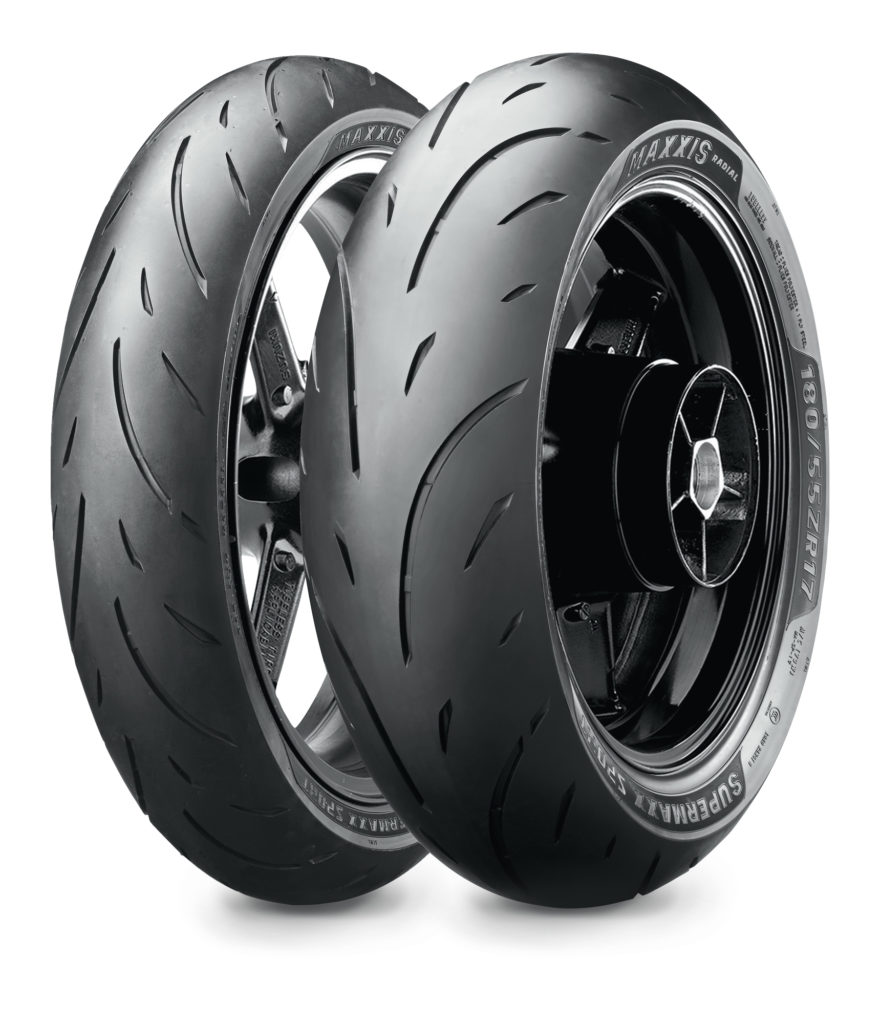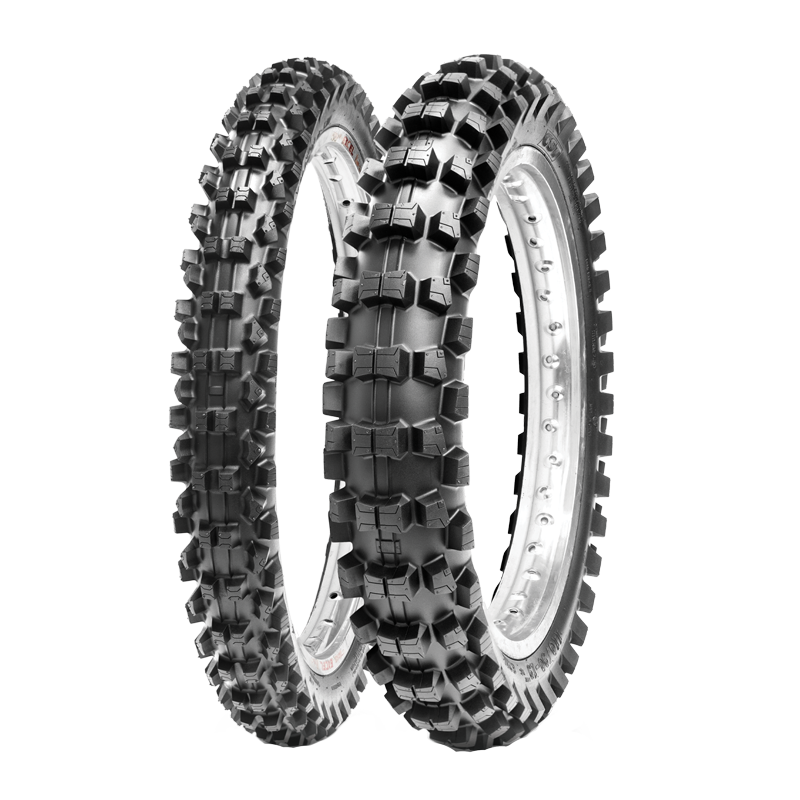The Definitive Motorcycle Tyre Guide for Adventure Riders
Check out the Value of Picking the Right Tyres With Our Helpful Motorcycle Tyre Overview
Selecting the suitable tires is vital for any type of Motorcycle fanatic. The best tyres improve performance, improve safety, and add to total comfort during trips. Understanding the numerous types, dimensions, and upkeep practices can significantly affect your riding experience. As bikers deal with varied terrains and conditions, recognizing just how to select the most effective tyres becomes critical. What aspects should be considered to ensure peak performance? The answers await in the following sections.
Comprehending Various Sorts Of Motorcycle Tyres
Choosing the appropriate kind of Motorcycle tire may appear overwhelming, recognizing the different options offered can significantly enhance a cyclist's experience. Motorcycle tyres are mainly categorized into 3 types: sport, touring, and off-road. Visiting tyres are designed for long-distance traveling, using durability and comfort on highways. These tires include a walk pattern that offers exceptional hold and security, making them suitable for different weather conditions.Sport tires, on the various other hand, prioritize performance and handling, including a softer rubber substance that enhances grip throughout cornering. They are perfect for motorcyclists who delight in perky adventures on twisty roadways or racetracks. Off-road tyres are customized for rugged surface, with a hostile tread pattern that offers grip on loosened surfaces like dust or gravel.
Assessing Your Riding Style and Requirements
Comprehending how different riding problems influence efficiency is crucial when examining riding style and requires. This examination can direct bikers in choosing the proper tire kinds that line up with their specific demands. By considering elements such as surface and climate, cyclists can make enlightened decisions for optimal security and experience.
Riding Conditions Effect
As motorcyclists navigate different surfaces and climate condition, recognizing how these elements influence Motorcycle performance ends up being important. Various riding atmospheres, such as damp, dry, or off-road, need details tire characteristics to guarantee safety and optimal handling. Wet conditions require tyres that use far better hold to prevent hydroplaning, while off-road riding necessitates durable tread patterns for grip on loosened surface areas. Additionally, temperature variations can affect tire pressure and efficiency, calling for adjustments based on the conditions encountered. Motorcyclists must examine their common routes and settings when selecting tires, as the appropriate selection can substantially boost their riding experience, assuring both comfort and safety and security in diverse circumstances. Matching tyres to riding problems is crucial for efficient Motorcycle performance.
Tyre Types Overview
Understanding the numerous sorts of Motorcycle tires is critical for bikers intending to boost their performance and safety. Each tire type caters to specific riding conditions and designs. Sport tires, created for high grasp and dexterity, are optimal for aggressive riding and track days. Touring tyres focus on durability and convenience, making them appropriate for long-distance trips. Off-road tires feature deeper footsteps for grip on uneven surfaces, attracting adventure applicants. Cruiser tires provide a smooth trip, usually emphasizing appearances for cruisers and choppers. Dual-sport tyres blend features of both off-road and on-road tyres, serving functional bikers. Examining individual riding styles and needs warranties that the appropriate tyre type is selected, eventually enhancing overall riding experience and safety.
The Influence of Tire Size on Efficiency
Tyre size significantly influences a bike's total performance, affecting security, grip, and handling. The size and width of tyres can notably modify a bike's dynamics. Bigger diameter tires can boost high-speed efficiency, giving smoother adventures and enhanced stability throughout straight-line traveling. Nevertheless, they may additionally call for even more effort for quick handling. On the other hand, narrower tyres often tend to use much better dexterity and responsiveness, making them ideal for dilemmas and complex riding conditions.Additionally, the facet ratio, which connects to the tire's height, plays a critical duty in performance characteristics. A reduced profile tire may enhance cornering security however can endanger comfort as a result of decreased padding. Ultimately, choosing the ideal tyre size straightens with the motorcyclist's preferences and meant usage, whether for sport, touring, or off-road riding. Recognizing these nuances warranties peak performance and improves the overall riding experience.
Step Patterns and Their Significance
Step patterns on Motorcycle tyres play an important duty in figuring out efficiency, affecting variables such as grasp and handling. Various kinds of tread designs deal with different weather problems and surfaces, guaranteeing suitable grip and stability. Comprehending these patterns is very important for motorcyclists seeking to enhance their Motorcycle's efficiency and safety and security.
Kinds Of Tread Patterns
The performance of a motorbike is substantially influenced by the type of tread pattern on its tires. Different step patterns offer details functions, satisfying various riding problems. For example, slick tires include a smooth surface, suitable for completely dry problems and racing, giving maximum grip. On the other hand, tyres with intricate patterns and deep grooves are made for off-road or damp conditions, improving water displacement and traction. Some tread layouts, such as dual-purpose tires, strike an equilibrium for navigate to this website both light and on-road off-road use. motorcycle tyre guide. Furthermore, sport tires typically possess a more aggressive tread pattern, enhancing cornering security. Recognizing these sorts of step patterns helps riders pick the appropriate tires for their intended riding experiences and ecological conditions
Influence on Performance
Picking the appropriate step pattern substantially influences a bike's efficiency in various riding problems. Walk patterns are developed to optimize grasp, managing, and stability, directly impacting cornering ability and braking efficiency. As an example, a more hostile walk design improves traction on irregular surfaces, making it suitable for off-road riding. Alternatively, a slicker walk pattern promotes smoother trips on smooth roads, lowering rolling resistance and enhancing fuel performance. The depth and setup of grooves also play an essential role, permitting for effective water displacement and decreasing hydroplaning risks. Inevitably, selecting a proper tread pattern customized to specific riding atmospheres and designs assurances enhanced control, security, and total riding experience, highlighting the importance of this decision for Motorcycle enthusiasts.
Weather and Surface Suitability
Weather condition problems and surface types greatly influence the suitability of Motorcycle tire tread patterns. In wet problems, tires with much deeper grooves and specific patterns are important to funnel water away and reduce the danger of aquaplaning. Alternatively, a flatter step design offers optimal surface area call for completely dry roads, boosting grasp and security. For off-road riding, bumpy tires offer raised grip on loosened surface areas like mud and crushed rock. Each walk pattern offers a distinctive objective; as a result, picking the ideal tyre is very important for efficiency and security. Bikers ought to consider their normal riding environment-- whether urban, country, or varied surfaces-- to ensure their tires can sufficiently handle the problems, advertising a more secure and much more satisfying riding experience.
Preserving Your Motorcycle Tyres for Longevity
While Motorcycle enthusiasts frequently focus on performance and aesthetics, overlooking tyre upkeep can bring about early wear and hazardous riding conditions. Frequently inspecting tire stress is vital, as both under-inflation and over-inflation can negatively affect handling and grasp. Additionally, preserving the appropriate stress can improve fuel performance and general performance.Routine inspections for signs of damages, such as fractures or leaks, likewise play a necessary function in extending tyre life. Maintaining tyres tidy from debris and impurities warranties peak grip. Additionally, revolving tyres routinely helps disperse put on equally, lengthening their lifespan.Proper positioning and balancing of the wheels are essential for maintaining security and decreasing irregular wear. Adhering to the supplier's recommendations for tire substitute periods guarantees that riders are equipped with dependable and risk-free tires. By focusing on these maintenance techniques, motorcyclists can delight in a much safer and longer-lasting riding experience.
Identifying Tire Wear and When to Replace
To ensure excellent safety and efficiency, bikers should be vigilant in acknowledging tyre wear and understanding when to change their tires. Tire walk deepness is a critical indicator; a depth of 1.6 mm or less commonly signifies the demand for substitute. Riders ought to also take a look at the tyres for unequal wear patterns, which can recommend placement or suspension concerns. Fractures, protrudes, or visible cords are major indications of damage and warrant prompt replacement.Monitoring tire stress is necessary as under-inflation can speed up wear and compromise safety. Additionally, riders must understand the age of their tires; even if the tread shows up enough, tires older than five years may require changing as a result of rubber destruction. Routine evaluations and maintenance will certainly assist establish that tyres remain in peak problem, inevitably improving both biker safety and overall Motorcycle performance.

Tips for Picking the Right Tyres for Your Bike
Selecting the appropriate tires for a motorbike is critical for ensuring excellent efficiency and safety and security, particularly after recognizing the indicators of wear that require replacement. Initially, motorcyclists must consider their riding design and the kinds of conditions they usually come across. Sport tyres offer boosted grasp right here for hostile riding, while exploring tyres offer longevity and convenience for long journeys.Next, it's essential to check the supplier's requirements for the Motorcycle, as these standards ensure compatibility. Furthermore, evaluating tire dimension, tread pattern, and rubber substance can influence efficiency. Motorcyclists ought to additionally consider weather conditions; particular tires do far better in completely dry or wet environments.Finally, buying from reputable brand names can guarantee top quality and reliability, while consulting fellow bicycle riders or professionals can give important understandings. By carefully considering these variables, bikers can pick tyres that improve their Motorcycle's performance, safety and security, and overall riding experience.
Often Asked Inquiries
Exactly How Do Weather Conditions Affect Tire Performance?
Weather considerably impact tire efficiency, influencing grasp, managing, and put on. Rain can minimize grip, while extreme heat may create overheating. Cold temperatures can solidify rubber, endangering versatility, thus impacting overall security and maneuverability when traveling.
Can I Mix Different Tire Brands on My Motorcycle?
Mixing different tyre brand names on a motorbike can cause irregular handling and performance - motorcycle tyre guide. Specialists suggest making use of the same brand webpage and design for both front and rear tyres to guarantee maximum safety and security and stability throughout experiences
What Is the Typical Lifespan of Motorcycle Tyres?

Do Motorcycle Tyres Requirement to Be Balanced?
Motorcycle tyres do require balancing to assure even weight circulation. Correctly balanced tyres improve stability, boost handling, and reduce uneven wear, inevitably adding to a much safer and a lot more comfortable riding experience for motorcyclists.
Exactly how Usually Should I Examine My Tyre Stress?
Normal checks of tyre stress are necessary for safety and security and performance. It is recommended to check Motorcycle tyre pressure a minimum of when a month and eventually experiences, making certain suitable handling and gas effectiveness. These tyres feature a step pattern that offers excellent grasp and stability, making them suitable for various weather condition conditions.Sport tyres, on the other hand, focus on efficiency and handling, including a softer rubber compound that improves hold throughout cornering. Conversely, narrower tyres have a tendency to provide far better dexterity and responsiveness, making them suitable for tight edges and intricate riding conditions.Additionally, the aspect ratio, which connects to the tyre's height, plays a vital role in performance attributes. Sticking to the supplier's referrals for tire replacement intervals guarantees that motorcyclists are geared up with secure and dependable tyres. To guarantee optimal safety and security and performance, riders must be attentive in acknowledging tire wear and knowing when to replace their tires. Sport tires provide improved hold for hostile riding, while touring tyres provide durability and convenience for long journeys.Next, it's essential to inspect the maker's specs for the Motorcycle, as these standards guarantee compatibility.